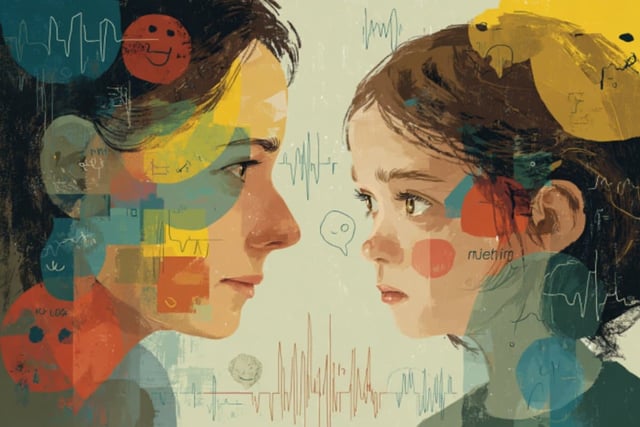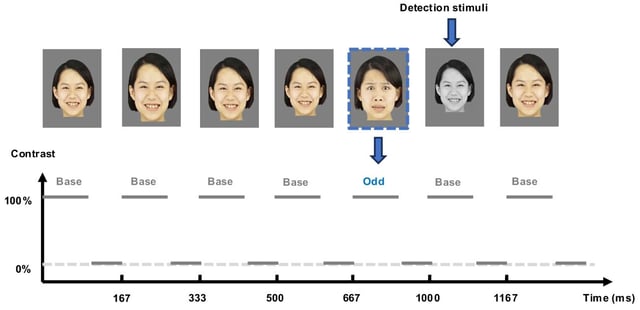Overview
- EEG frequency tagging revealed that even 5-year-olds automatically differentiate happiness, anger, fear and sadness via neural responses in the temporo-occipital region.
- Word-similarity tasks demonstrated that older children develop nuanced emotional associations, linking words like “crying” to multiple feelings.
- Behavioral sorting and matching experiments found that younger children group expressions simply as positive or negative, whereas older children distinguish specific negative emotions such as anger and fear.
- Representational similarity analysis alongside generalized estimating equations traced the developmental shift from perceptual reliance to conceptual processing between ages 5 and 10.
- The findings provide a basis for age-tailored educational and therapeutic strategies to enhance social-emotional skills in childhood.

